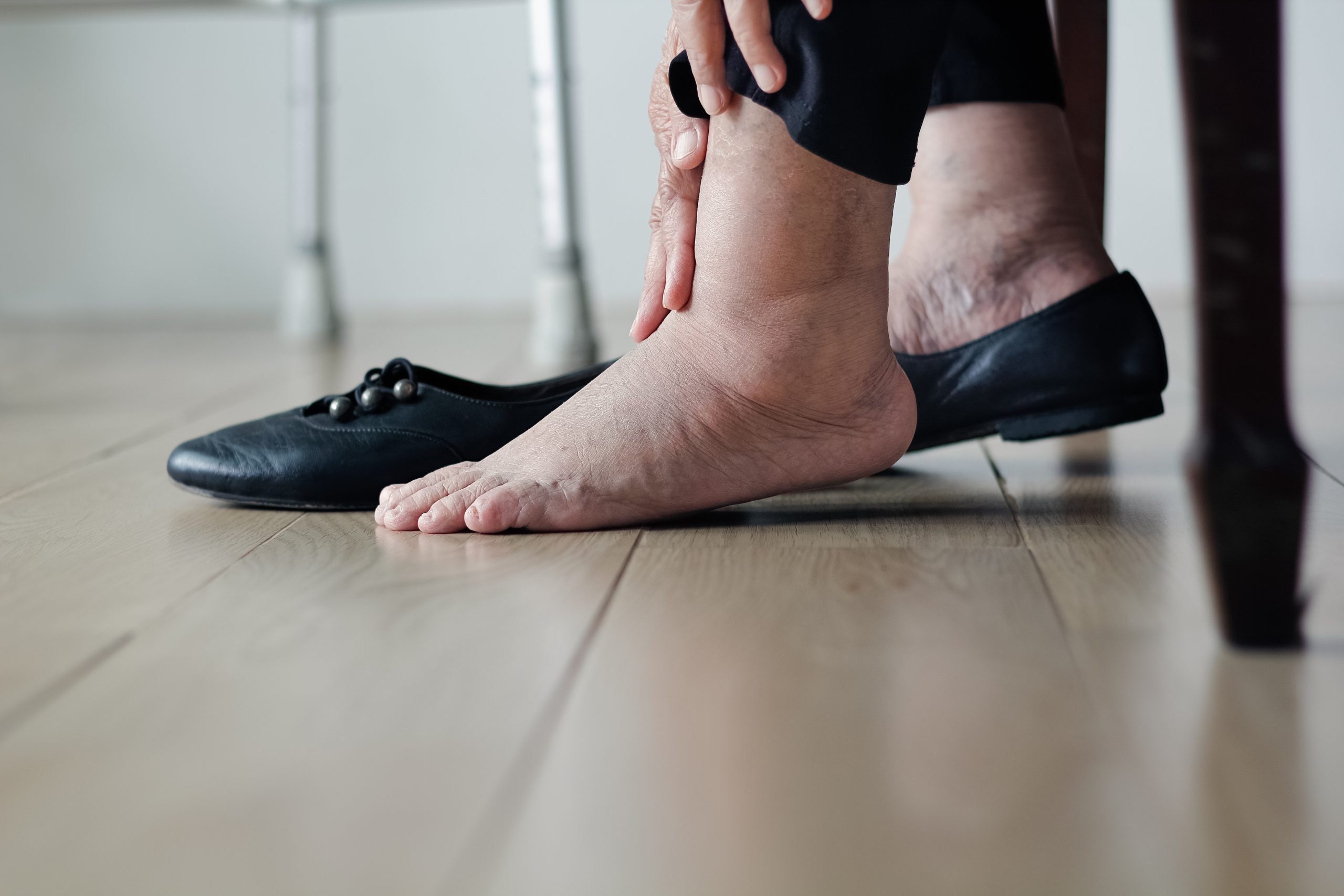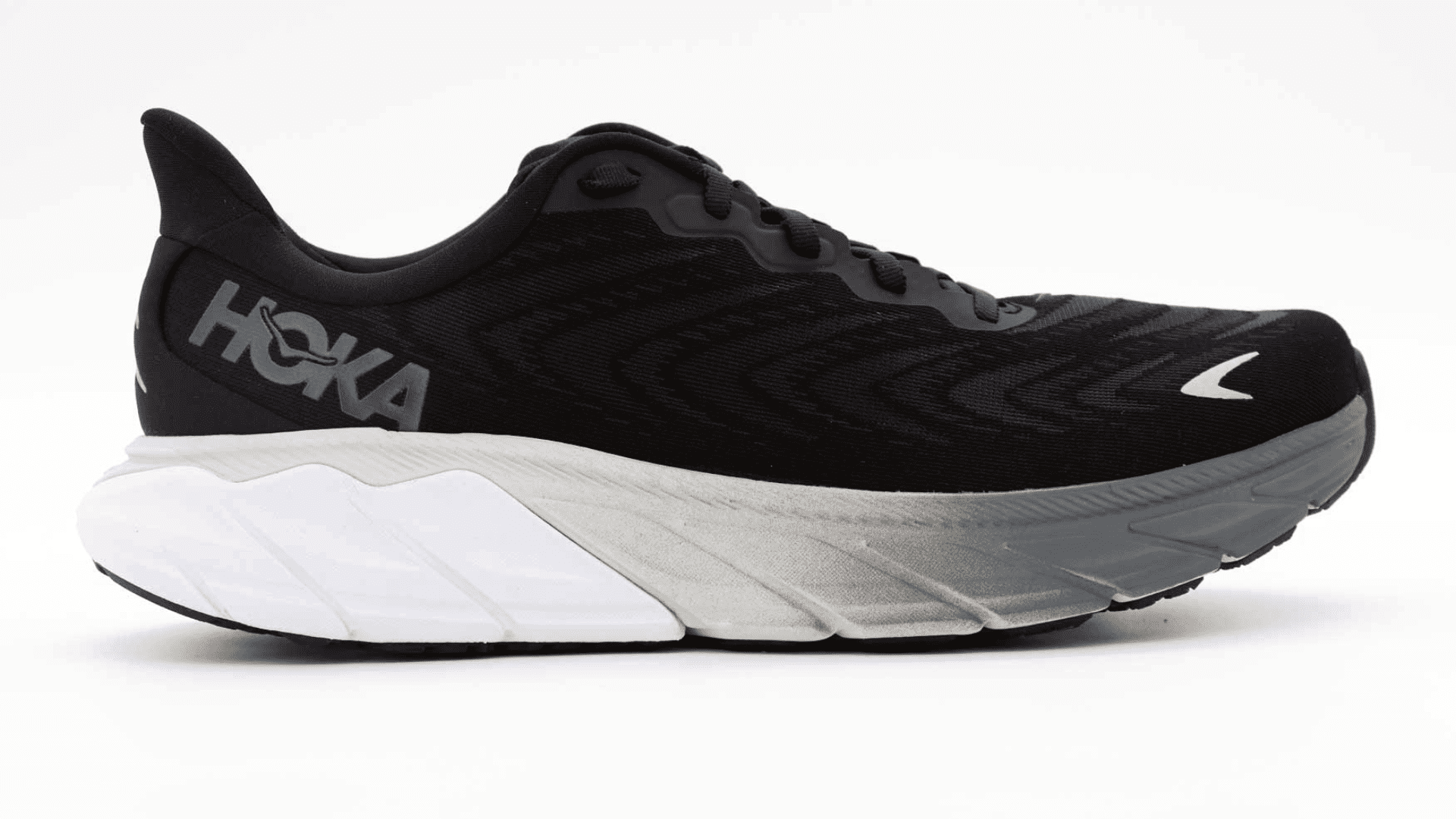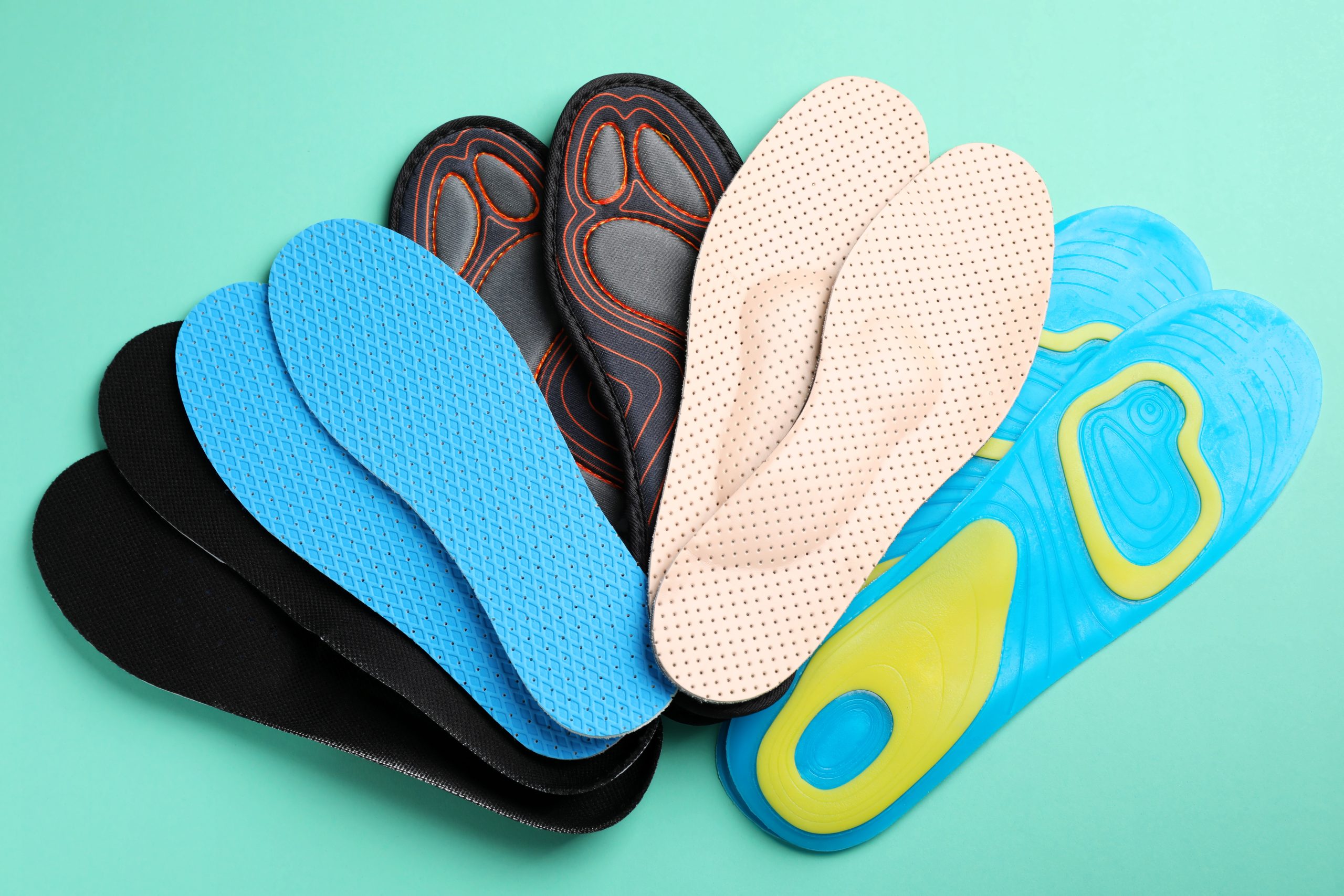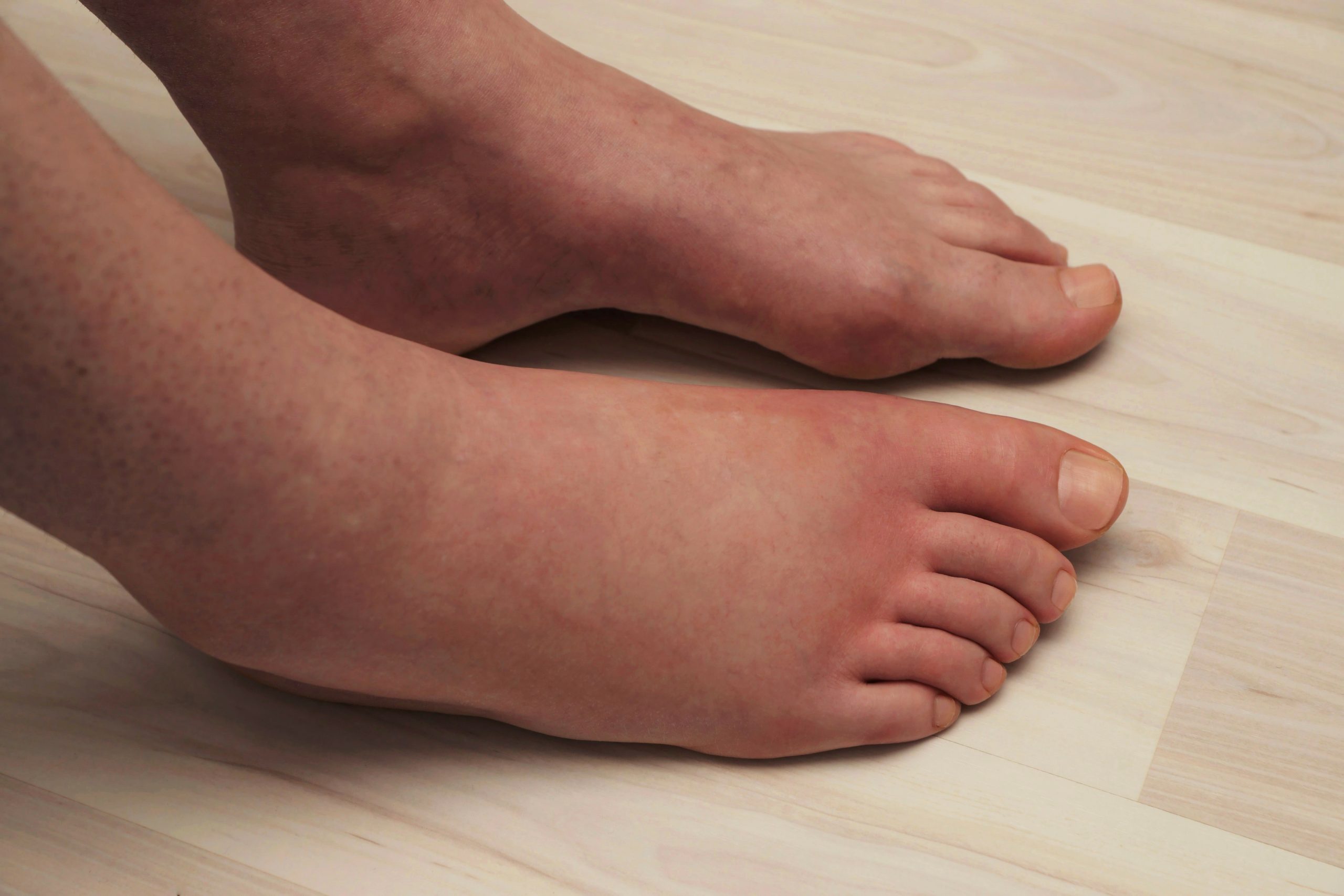Swollen feet and ankles can be a nuisance for many people, causing discomfort and pain. Swelling can be caused by a variety of factors such as diabetes, pregnancy, or even prolonged standing or sitting. The swelling can lead to a number of complications and make it difficult to move around comfortably. When your feet or ankles are swollen, it is very important that you take extra care of them.
One of the most important things you can do is to invest in the right footwear. In this blog post, we will explore the best shoes to help ease discomfort caused by swollen feet and ankles. We will discuss the potential causes of swollen feet and ankles, the impact it has on your feet, and what brands can help.
It is important to note that this blog post will focus on more severe swelling as a result of foot-health conditions such as diabetes, rather than the regular swelling your feet will go through on a day-to-day basis from basic things like walking and exercise. We will go more in-depth into the causes and complications of swollen feet and ankles in these cases.
While you can still read this blog post if you just suffer with minor day-to-day swelling, it is primarily geared towards people with foot-health problems that may be struggling to find footwear that fits. Please note, this blog is purely informative and is not meant to be a substitute for medical advice, or any treatment plan you may have. If you are concerned about your health, you should always consult with a medical professional for an accurate diagnosis and the best course of action to take.
Potential causes of swollen feet and ankles.

Diabetes.
Diabetes can cause a number of complications in the feet, including poor circulation and nerve damage. When blood flow is reduced, it can lead to fluid build-up in the lower legs and feet, resulting in swelling. Diabetes can also cause damage to the nerves, making it difficult to feel pain or discomfort in the feet, which can lead to further complications.
Prolonged standing or sitting.
When you stand or sit for long periods of time, blood can pool in the lower legs and feet, leading to swelling. This is particularly common in people who have jobs that require them to stand or sit for long periods of time, such as cashiers, nurses, or factory workers.
Age.
As we age, our bodies produce less of the protein that helps to keep fluid in the blood vessels. This can lead to fluid build-up in the lower legs and feet, resulting in swelling. Additionally, the natural decline in muscle mass and tone that comes with age can also contribute to swelling.
Medical conditions.
Certain medical conditions such as heart failure, kidney disease, or liver disease can cause swelling. These conditions can affect the body’s ability to remove excess fluid, leading to a build-up in the feet and ankles.
These are just a few of the most common causes of swelling in your lower limbs. It is hard to identify the specific reason though as there are so many factors, so it is always best to consult with a medical professional as opposed to trying to self-diagnose. A medical professional such as your GP or podiatrist will also be able to issue you with the best course of action to take regarding your treatment.
The impact of swelling in your feet and ankles.

Swelling in the feet and ankles can have a number of negative impacts on your overall foot health and mobility. Some of the most common impacts include:
Discomfort and pain.
Swollen feet can cause discomfort and pain, making it difficult to move around or perform daily activities.
Difficulty finding footwear that fits.
Swollen feet & ankles can make it particularly difficult to find shoes that fit, as most footwear styles are not made with enough width & depth to accommodate swelling. Regular fitting footwear will be too tight & constricting, and can lead to blisters, sores, and more.
Reduced mobility.
Swelling can make it uncomfortable to walk or stand for long periods of time. This can lead to reduced mobility and a decrease in physical activity and overall physical wellbeing.
Skin irritation.
As we just mentioned, swelling can cause the skin to stretch and rub against shoes, resulting in irritation and even blisters. The skin in these areas will become hypersensitive and could be extremely sore to the touch.
Increased risk of infection.
It can make it difficult to clean and care for your feet properly, increasing the risk of infection.
Reduced circulation.
Swelling can also reduce circulation in the feet and ankles, which can lead to further complications such as numbness and tingling. As your blood supply is also affected, these wounds can take a significantly longer time to heal – again, increasing the risk of infection.
It is important to address swelling in the feet and ankles in order to prevent these negative impacts and to maintain overall foot health. Investing in the right footwear, maintaining a healthy lifestyle, and seeking the advice of a healthcare professional can all work together to help alleviate discomfort and reduce the risk of complications.
Can footwear help?
Footwear might not necessarily make it go away, but it is still just as important to have something that fits your feet – especially if your swelling is a result of diabetes. If you are wearing something that is too small, or are digging into your feet, you might not know about it until a blister or an ulcer forms, due to the loss of feeling as a result of neuropathy.
Friendly Shoes.
For example, one brand we have is called Friendly Shoes, which we often suggest to people if their feet are swollen, or they have major problems with their mobility. The shoes have a specially designed zip which enables them to completely open up at the back, so you can easily slide your feet in and fasten the shoes. We know how frustrating it can be having to fully unlace a shoe just so it barely goes over your foot!
Friendly Shoes also have a wide-expanding upper and a generous toe-box depth, so they can accommodate for swelling. It’s important to consider that these shoes are not meant to be supportive, but are lightweight and easy to put on so you can get out and about. They’re a good option if you are not too mobile, but still want your feet to be secure and protected. If you’re unsure about your footwear requirements, please consult your podiatrist.
Xsensible.
Supportive shoes can help you, but you should always get advice first.
Xsensible Stretchwalker shoes are made with a very soft, stretchable upper that stretches up to 70% in width and 30% in length. Combined with an already generous width and depth, the shoes can help support your swollen feet. Whilst they can be very accommodating for larger/swollen feet, it does entirely still depend on your size and the level of swelling.
If you are considering a pair of Xsensible shoes, we strongly advise you book a free personal shopping appointment and have a chat with us.
Compression socks.
In addition to shoes, you can also consider wearing compression socks. These can help to improve circulation and reduce swelling, but it’s important to note that you should always consult with your podiatrist or GP before trying compression socks as there are various levels of compression, and the wrong type could cause further complications.
As shoe-fitters, we have seen first-hand how frustrating it can be trying to find footwear that fits swollen feet. Whilst we may not have your solution readily available or in stock, it does not mean we cannot help you find something that is going to help you.
Final thoughts.
Living with swollen feet and ankles can be challenging, but with the correct footwear, it is possible to alleviate discomfort and improve your quality of life. The causes of swelling in the feet and ankles can vary, but common factors include conditions such as diabetes, pregnancy, and standing or sitting for long periods. The impact of swelling can be significant, and it can affect your mobility.
At ShoeFit.uk, we understand the difficulties of living with swollen feet and ankles, and we offer a wide range of footwear that can help to alleviate discomfort and improve your quality of life. Our range includes footwear that is specifically for people with swollen feet and ankles, and offer a number of features that can help with your mobility. Whether you’re looking for something that is easy to put on and take off, or something to encourage circulation, we have a wide range of options available to suit your needs.
In addition to footwear, it’s also important to consult with a podiatrist to understand the underlying causes of your swelling and to develop a plan to manage your condition. Remember that while footwear may not make the swelling go away, they can help with your daily activities.
At ShoeFit.uk, we are here to help you find the correct footwear to suit your needs.
Book a free personal shopping appointment to have a chat with us about the best options for you.








